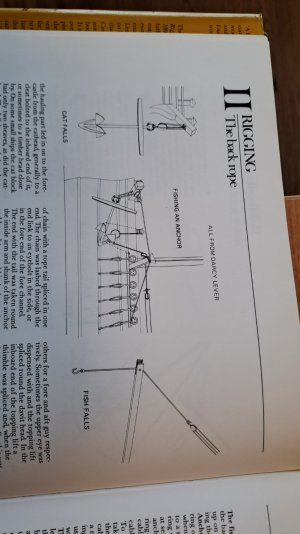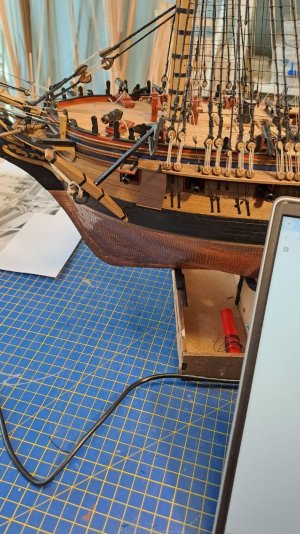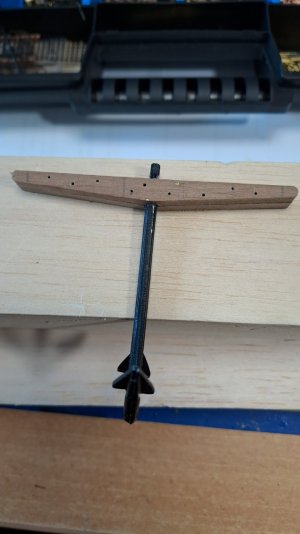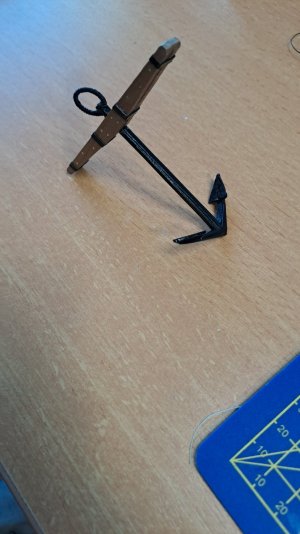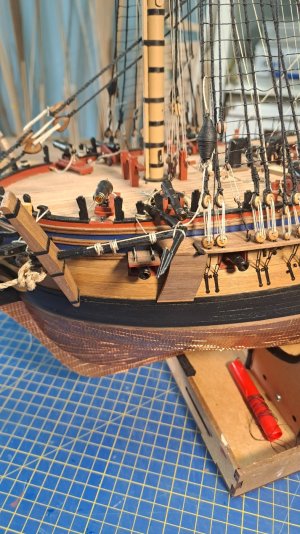In the meantime I am busy with the rigging. I hope I don't come across as a whiner, but, I have again found several errors in the drawings regarding the rigging blocks....
For the rigging itself I first consult James Lees book, then the reference work on the Diana itself (Conway Anatomy of the Ship Diana) and only then the Caldercraft drawings....
See for example the Vang Pendants and the Boom Sheet, which I made according to the Anatomy of the Diana drawings.
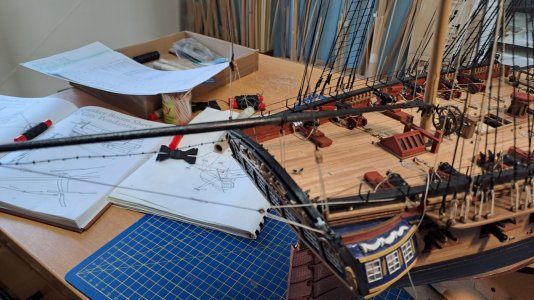

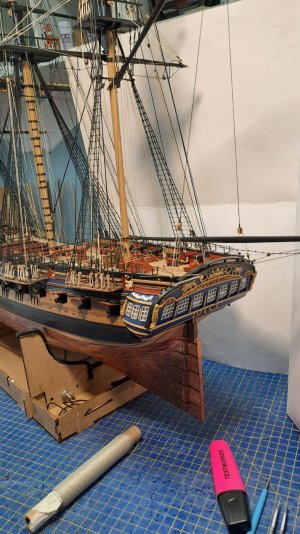
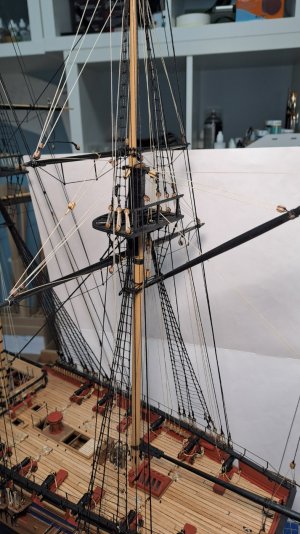
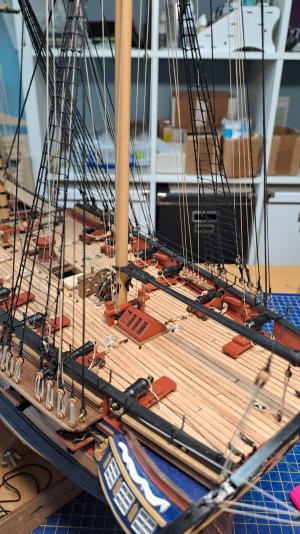

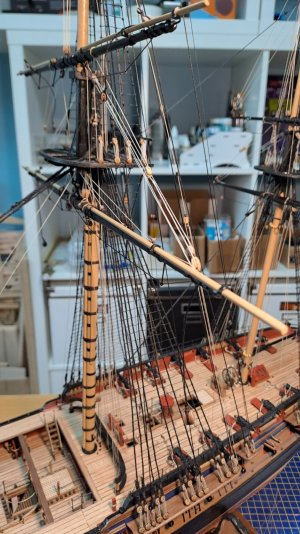
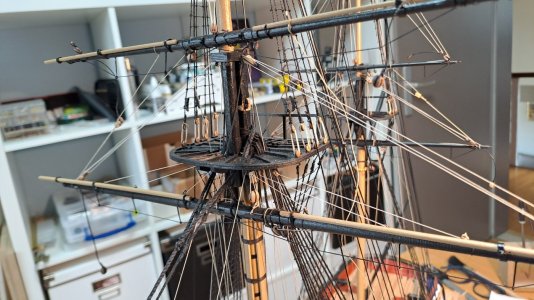

For the rigging itself I first consult James Lees book, then the reference work on the Diana itself (Conway Anatomy of the Ship Diana) and only then the Caldercraft drawings....
See for example the Vang Pendants and the Boom Sheet, which I made according to the Anatomy of the Diana drawings.













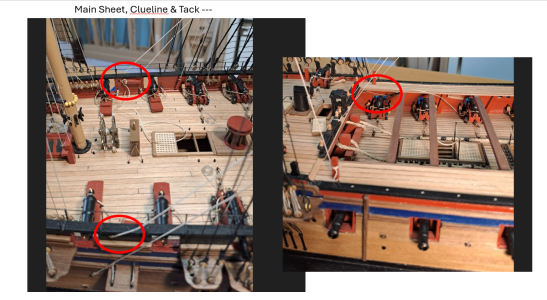

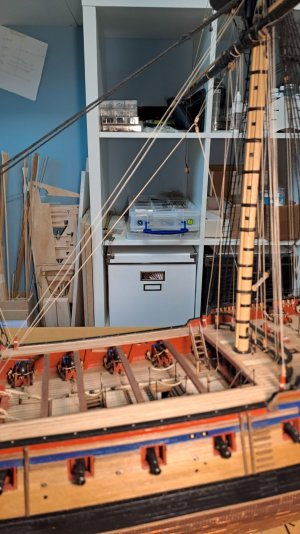
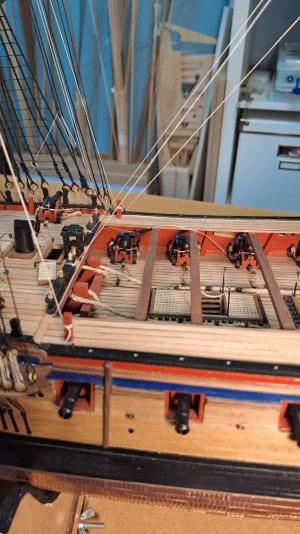

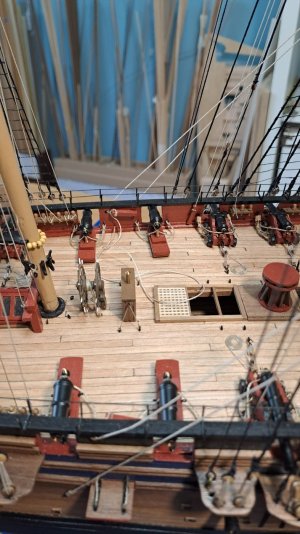

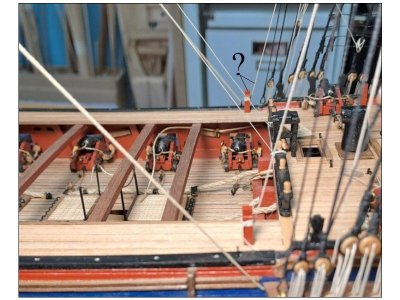



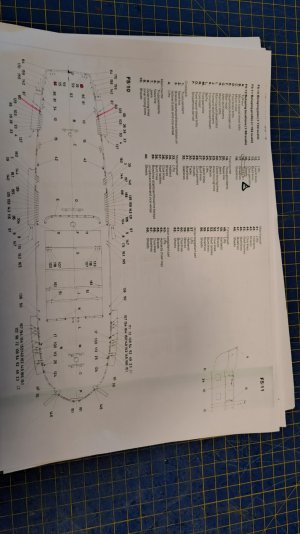





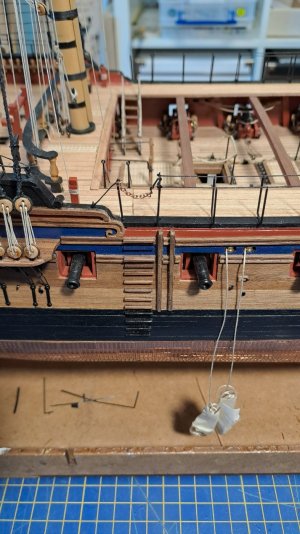




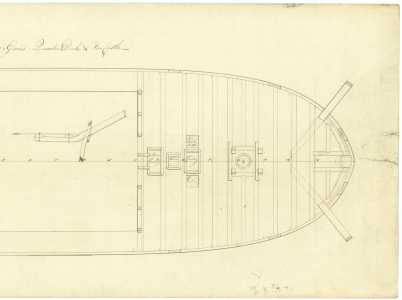

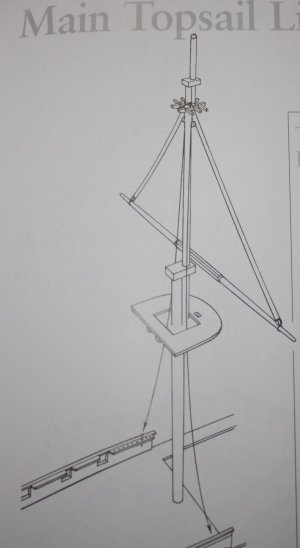
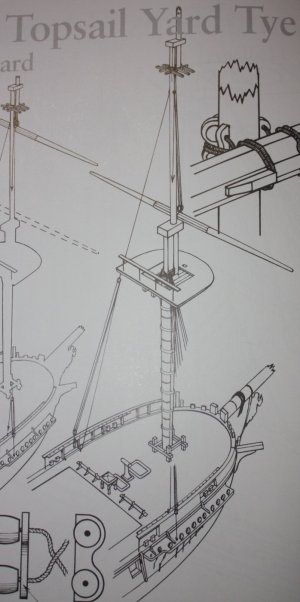
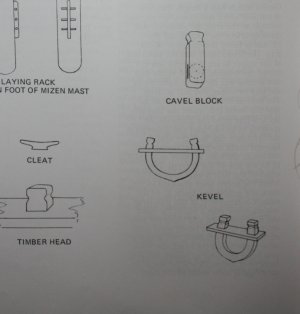

 s by James Lees book: The way I will implement it:
s by James Lees book: The way I will implement it: